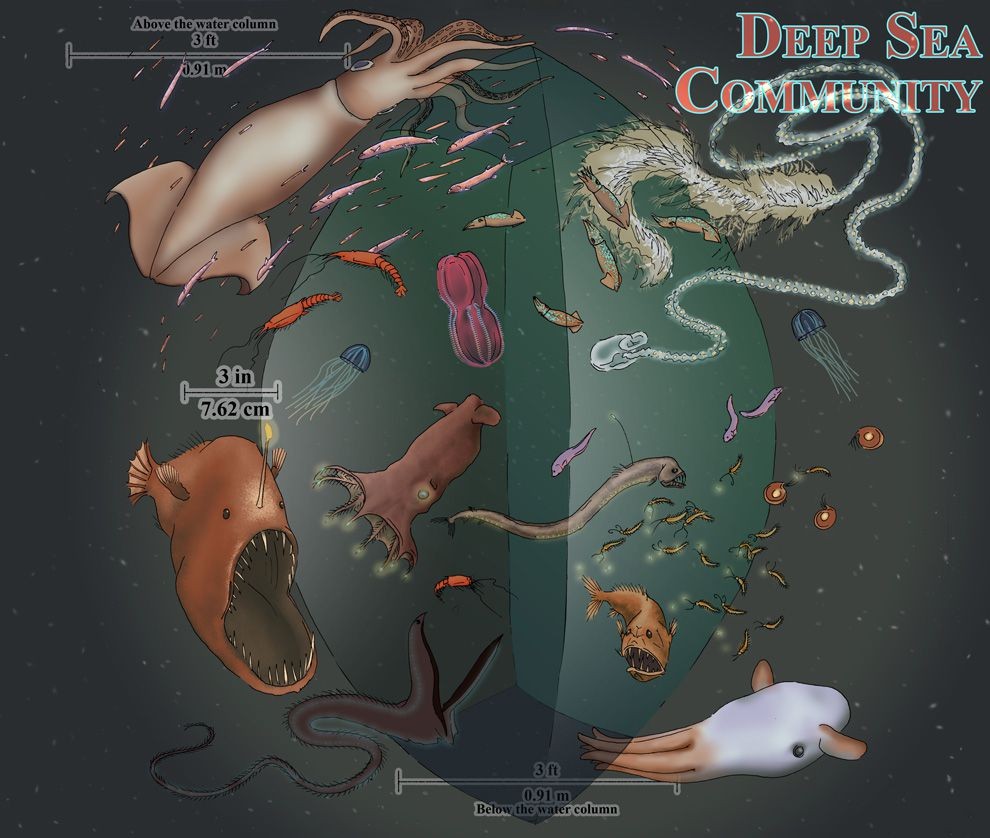Carbon dating, or radiocarbon dating, is a powerful tool that allows scientists to determine the age of organic materials up to around 50,000 years old. This technique has revolutionized our understanding of early cultures by providing accurate dates for artifacts, remains, and other organic materials found at archaeological sites. But how does it work, and what are its limitations?
The Science Behind Carbon Dating
Carbon dating relies on the natural process of radioactive decay. All living organisms absorb carbon from the atmosphere, including a small amount of the radioactive isotope carbon-14 (¹⁴C). Unlike the stable carbon-12 (¹²C), ¹⁴C decays over time at a known rate, with a half-life of 5,730 years. This means that after 5,730 years, half of the ¹⁴C in a sample will have decayed.
When an organism dies, it stops absorbing carbon, and the ¹⁴C within it begins to decay. By measuring the ratio of ¹⁴C to ¹²C in a sample and comparing it to the ratio in the atmosphere, scientists can calculate how long it has been since the organism died. This information is crucial for understanding the chronology of past events and the development of early civilizations.
 A scientist examines a sample for radiocarbon dating.
A scientist examines a sample for radiocarbon dating.
Calibrating the Carbon Clock
The atmospheric concentration of ¹⁴C isn’t constant; it fluctuates over time due to factors like variations in solar activity and Earth’s magnetic field. To account for these fluctuations, scientists calibrate radiocarbon dates using data from tree rings. Trees add a new ring each year, and the ¹⁴C levels in each ring reflect the atmospheric concentration at the time the ring formed. By analyzing tree rings of known ages, researchers can create a calibration curve that corrects for variations in atmospheric ¹⁴C and provides more accurate dates.
Applications in Archaeology and Beyond
Carbon dating has become an indispensable tool for archaeologists studying early cultures. It allows them to:
- Establish Chronologies: Determine the age of artifacts and build timelines of past events.
- Understand Cultural Interactions: By dating artifacts from different sites, researchers can trace cultural exchange and migration patterns.
- Reconstruct Past Environments: Analyze the remains of plants and animals to understand past climates and ecosystems.
Limitations of Carbon Dating
While incredibly valuable, carbon dating has limitations:
- Age Limit: The method is only effective for dating materials up to around 50,000 years old. Beyond that, the amount of remaining ¹⁴C is too small to measure accurately.
- Sample Contamination: Samples can be contaminated by other carbon-containing materials, leading to inaccurate results. Careful handling and pre-treatment are essential.
- Cost: Radiocarbon dating can be expensive, making it challenging to analyze large numbers of samples.
- Material Suitability: Only organic materials containing carbon can be dated. Inorganic materials, like stone tools, cannot be directly dated using this method.
The Impact of Human Activity
Human activities, particularly the burning of fossil fuels and nuclear testing, have significantly altered the atmospheric concentration of ¹⁴C. This “bomb pulse” effect makes dating materials from the 20th and 21st centuries more complex. However, scientists have developed methods to account for these changes and continue to refine the accuracy of carbon dating.
Conclusion
Carbon dating has revolutionized our understanding of the past by providing a reliable method for dating organic materials. Despite its limitations, it remains a cornerstone of archaeological research, enabling scientists to unlock the secrets of early cultures and reconstruct the history of human civilization. Ongoing advancements in technology and calibration techniques continue to improve the accuracy and applicability of this invaluable tool.